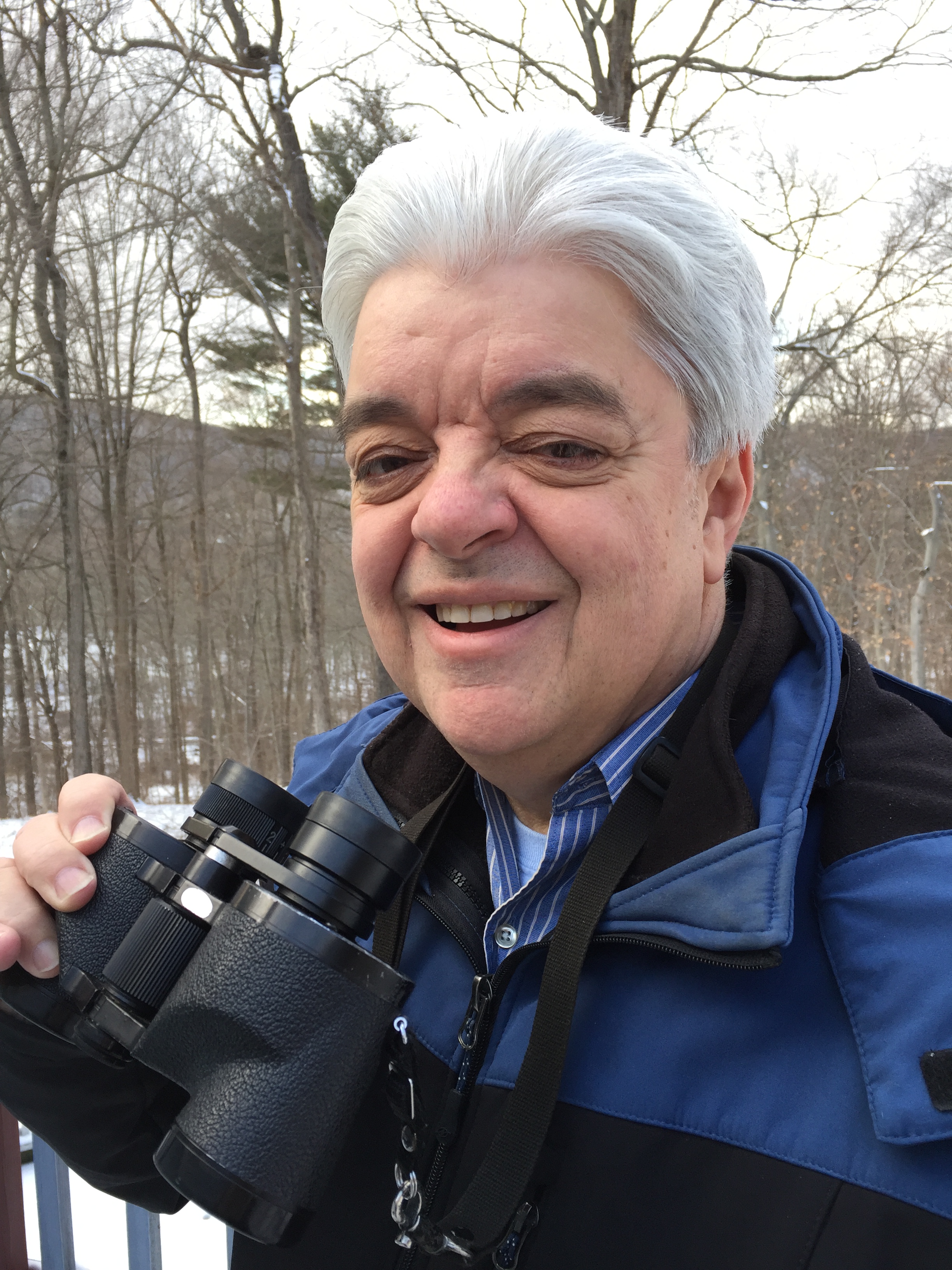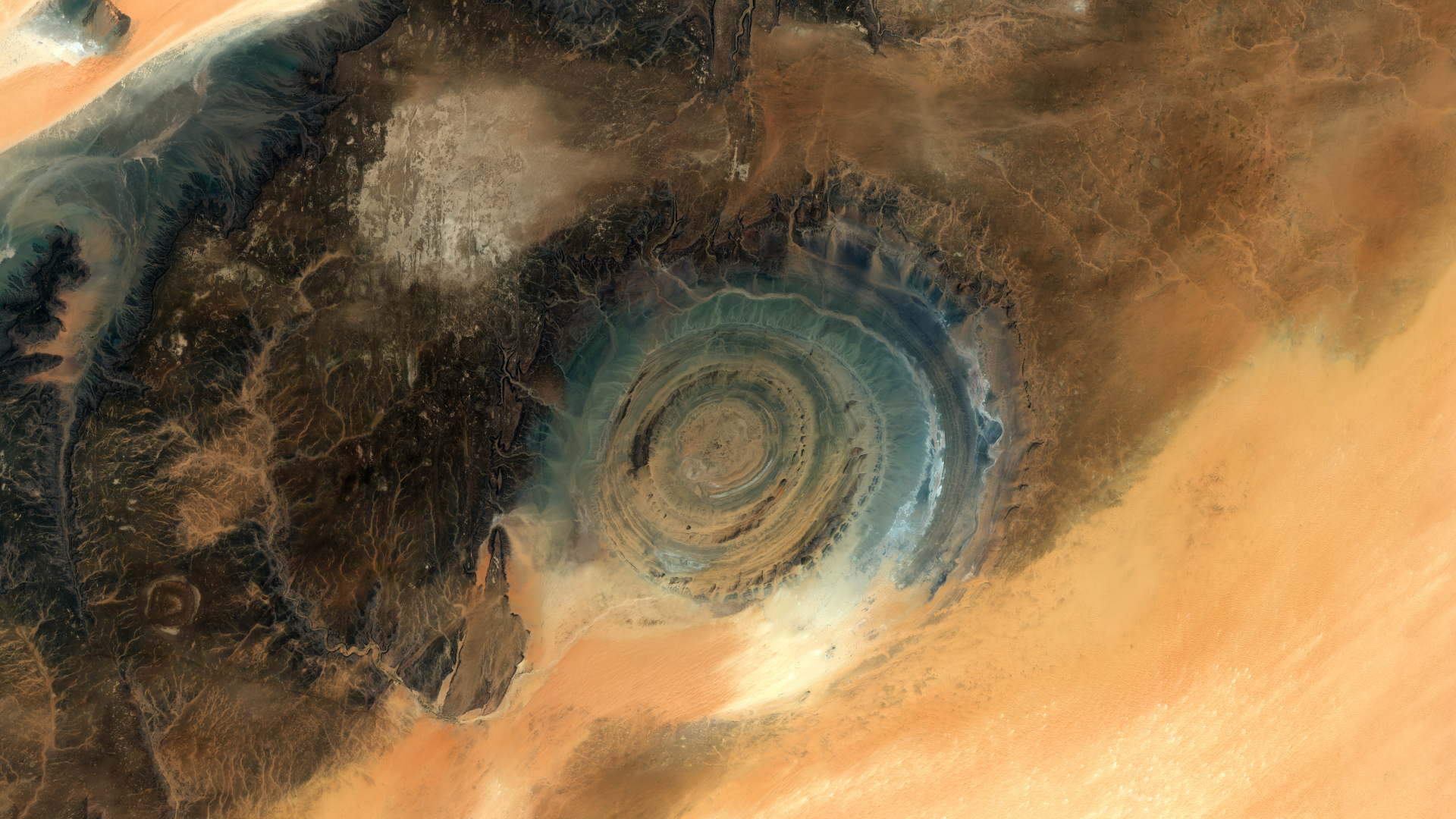Eclipse Weather: Who Will See The Moon Disappear Tuesday Morning
Those hoping to get a view of Tuesday morning's eclipse of the moon will find a large swath of fair skies extending from the central United States, through the Ohio Valley and into the Northeast and New England.
And some of those in the best viewing locations, out West, are in for a treat: An area of generally clear skies will be found across the Pacific Northwest and northern California.
What to Expect
A lunar eclipse occurs when Earth gets directly between the sun and the moon, blocking the light that normally reflects off the moon. Portions of the pre-dawn total lunar eclipse will be visible, weather permitting, across the country. Only in the West will the entire Aug. 28 event be viewable before sunrise, however.
The moon enters the Earth's full shadow, or umbra, at 4:51 a.m. EDT (1:51 a.m. PDT). It enters the total-eclipse phase at 5:32 EDT (2:52 PDT) and the event ends after sunrise on the East coast and at 4:22 a.m. PDT.
Much of central and southern Florida should also enjoy mainly clear weather.
Unfortunately, the rest of the Southeast, including the Gulf Coastal region, are likely to be plagued by considerable cloud cover. The same may hold true for parts of the Northern Plains and the Desert Southwest, where widespread cloudiness seems likely to prevail.
Breaking space news, the latest updates on rocket launches, skywatching events and more!
Showers and thunderstorms could fall from parts of the Dakotas and Nebraska, northeastward through northern Iowa, southern Minnesota, northern Wisconsin and the Upper Peninsula of Michigan. Widely scattered showers and thunderstorms will also be possible across much of the Southeast. A few residual monsoonal showers may linger over parts of the Southwest.
For a more specific and detailed weather outlook, go here and click on the National Weather Service Forecast Office for your local area. Forecasts are available for all 50 states, as well as Puerto Rico, Guam and America Samoa.
Watch on the Web
Should cloudy skies prevail over your neighborhood, you can watch the eclipse on your computer. A team from the University of North Dakota (UND) will travel to Las Vegas to provide the world with a live webcast of the event.
Many viewers are expected to participate in the event by posting questions and conversing with other viewers on the UND webcast chatroom. The UND team also uses live audio to answer questions and to provide viewers with updates regarding the progress of the eclipse.
The live webcast can be viewed here.
- Viewer's Guide: Total Eclipse Details
- Starry Night Online: Virtual View of the Eclipse
- Video: All About This Eclipse
Joe Rao serves as an instructor and guest lecturer at New York's Hayden Planetarium. He writes about astronomy for The New York Times and other publications, and he is also an on-camera meteorologist for News 12 Westchester, New York.

Joe Rao is Space.com's skywatching columnist, as well as a veteran meteorologist and eclipse chaser who also serves as an instructor and guest lecturer at New York's Hayden Planetarium. He writes about astronomy for Natural History magazine, Sky & Telescope and other publications. Joe is an 8-time Emmy-nominated meteorologist who served the Putnam Valley region of New York for over 21 years. You can find him on Twitter and YouTube tracking lunar and solar eclipses, meteor showers and more. To find out Joe's latest project, visit him on Twitter.
